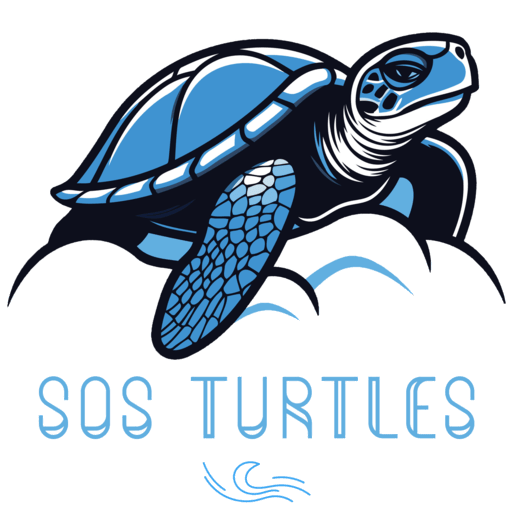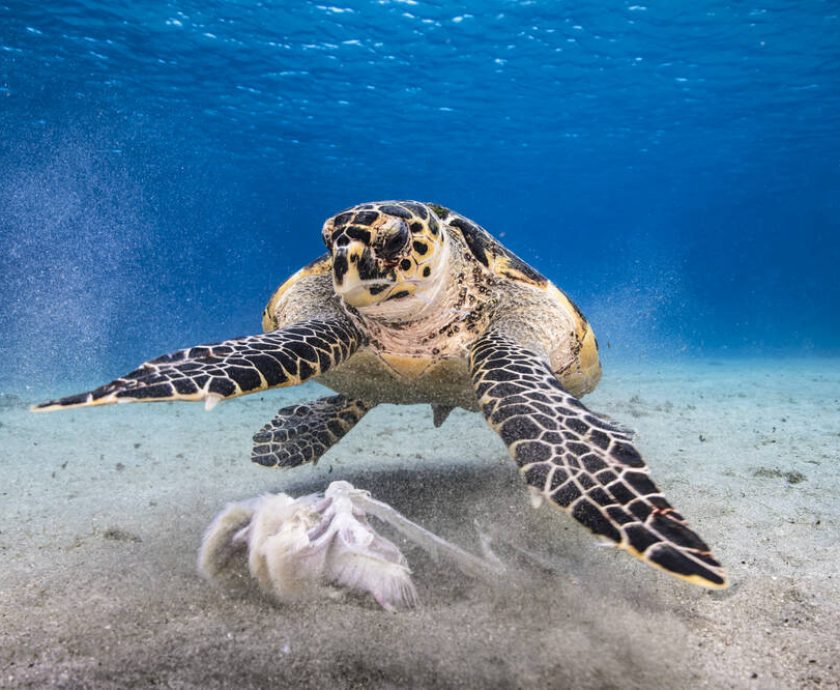For generations, sea turtles have played a profound role in Panama’s cultural tapestry, with indigenous communities passing down mystical tales that interweave these ancient creatures with the fate of their people and the ocean’s rhythms.
Deep within Panama’s coastal communities, stories of sea turtles transcend mere wildlife observation – they are woven into the very fabric of local identity. From the Guna Yala’s ancestral teachings to the Ngäbe-Buglé’s oral traditions, these magnificent creatures emerge as powerful symbols of wisdom, longevity, and spiritual connection to the sea.
Among the most cherished legends is the tale of “The Great Mother Turtle,” passed down through generations in the Pearl Islands. According to local elders, the first islands emerged from the sea when an enormous turtle, carrying sacred sand on her shell, decided to rest. Where she stopped, the sand fell, creating the archipelago that would become home to countless communities.
In the traditions of Panama’s indigenous peoples, sea turtles are often portrayed as messengers between the human world and the spirit realm. Fishermen tell stories of how their ancestors learned to navigate the treacherous waters by following the ancient migration routes of these marine guides, believing that turtles carried the souls of wise navigators from the past.
The Guna people speak of the “Night of the Turtle Stars,” when certain constellations align, marking the perfect time for turtles to nest. This astronomical knowledge, passed down through generations, helped communities understand natural cycles and develop a deeper connection with their environment.
Many coastal communities share tales of shape-shifting turtles – beings that could transform into beautiful women or wise elders to teach humans important lessons about conservation and respect for the ocean. These stories often end with warnings about the consequences of taking more than needed from the sea or disturbing nesting turtles.
In some regions, traditional healers still speak of ancient practices involving turtle shells, not as items for consumption, but as sacred objects used in ceremonies to connect with ocean spirits. These rituals, while no longer practiced with real shells, remind newer generations of their ancestors’ deep reverence for these creatures.
Modern conservation efforts have found unexpected allies in these traditional stories. Local environmental groups often incorporate cultural narratives when educating communities about turtle protection, finding that connecting conservation with cultural heritage creates more meaningful and lasting impact.
The emergence of eco-tourism has brought new attention to these cultural traditions. Local guides often share modified versions of these stories with visitors, helping to preserve cultural heritage while promoting environmental awareness. This cultural exchange has helped strengthen both tourism and conservation efforts in coastal communities.
Perhaps most poignantly, these legends often highlight the reciprocal relationship between turtles and humans. Many stories tell of turtles coming to the aid of fishermen lost at sea, or of entire communities being saved from famine by following turtle migrations to abundant fishing grounds.
Today, as Panama faces new environmental challenges, these ancient stories have taken on renewed significance. They serve as powerful reminders of the long-standing connection between coastal communities and marine life, offering wisdom for modern conservation efforts.
Young community members are now documenting these stories, creating digital archives that preserve their cultural heritage while adapting the messages for contemporary audiences. Social media and local art have become new mediums for sharing these age-old tales with broader audiences.
The traditional stories of sea turtles in Panamanian culture remind us that conservation isn’t just about protecting species – it’s about preserving the cultural threads that connect communities to their natural environment. As one local elder puts it, “When we protect the turtles, we protect our stories, and when we protect our stories, we protect ourselves.”
Looking towards the future, these cultural narratives continue to evolve, blending traditional wisdom with modern conservation needs. They serve as a bridge between past and present, helping new generations understand their role in protecting both cultural and natural heritage.
For visitors and locals alike, these stories offer a deeper understanding of Panama’s relationship with its marine environment. They remind us that conservation efforts are most successful when they honor and incorporate the cultural significance of the species they aim to protect.
For the most current information, explore our homepage to learn about our mission, initiatives, and how you can get involved in sea turtle conservation!











